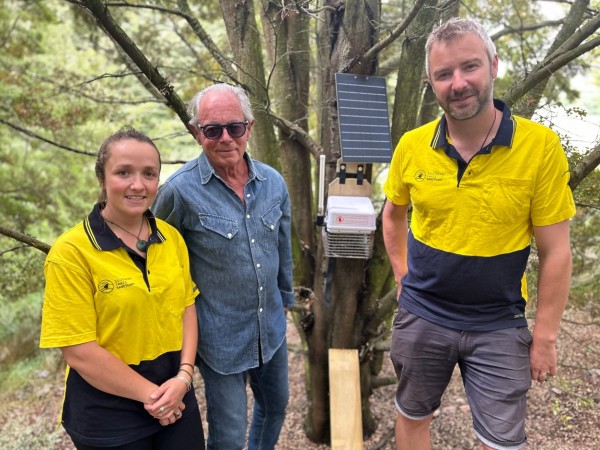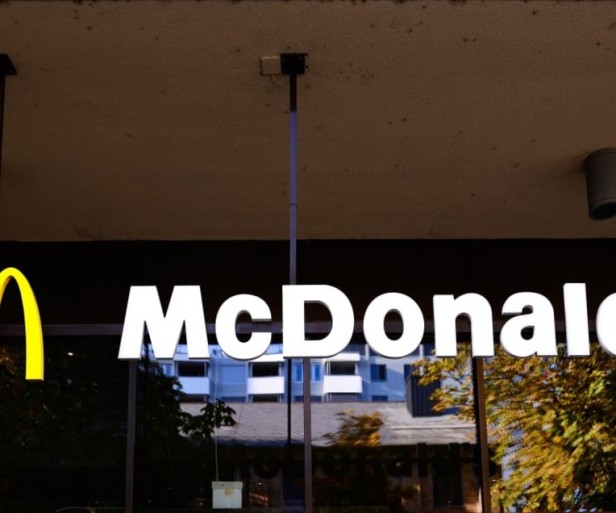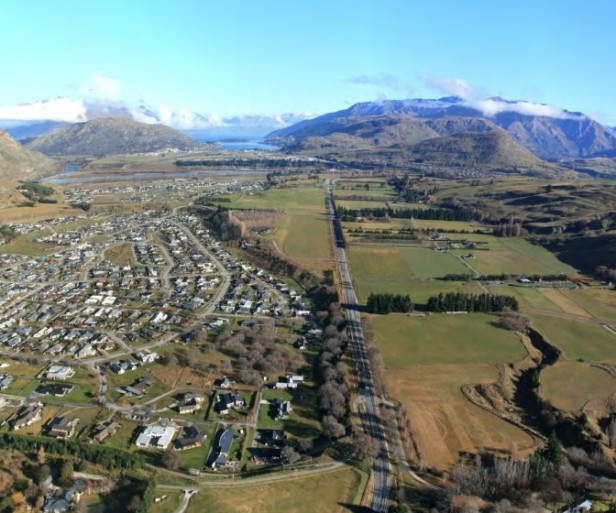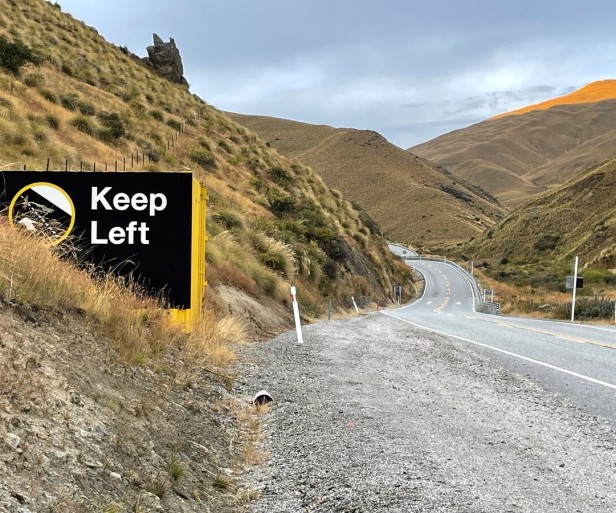Conservation group secures $1m to continue operating

Southern Lakes Sanctuary has secured enough funding to continue its critical conservation work in the Queenstown Lakes District – but they’re not out of the woods yet.
The conservation consortium driving predator control, restoring wildlife and protecting biodiversity across its 660,000ha catchment area has recently secured over $1 million from a range of private funders, businesses, philanthropic groups and local government agencies.
Established in June 2021 as a result of the Jobs For Nature funding, Southern Lakes Sanctuary has operated on $1.5m annually to coordinate and deliver major conservation projects throughout the region.
However, with the three-year programme coming to an end in June 2024, the consortium was at risk of collapse if funding wasn’t maintained.
Its new backers include the Central Lakes Trust, AJ Hackett Bungy New Zealand, the Lotteries Commission, philanthropists including Sir Michael Hill and Rod Drury, and many others.

From left, Southern Lakes Sanctuary Whakatipu Hub coordinator Bonnie Wilkins, philanthropist Sir Michael Hill and Southern Lakes Sanctuary project director Paul Kavanagh stand in front of a AI-enhanced AT220 trap
Since its inception the Southern Lakes Sanctuary team has been determined to contribute to the region’s biodiversity for years beyond the Jobs For Nature period and has spent the past year actively seeking generous and engaged contributors.
Southern Lakes Sanctuary project director Paul Kavanagh says: “The incredible achievements of the volunteers and our team members undertaking predator control are what attracts donors to support us.
"They recognise the importance of continuing our role to protect our local biodiversity."
SLS will continue to rely on annual funding to ensure this important conservation work is undertaken for the future.
“Restoring the region’s natural biodiversity takes time and ongoing commitment. There’s a lot to do but with a great crew, a supportive community and rapidly advancing technology we are optimistic about what the future holds and how we can contribute to it,” Kavanagh says.
“By 2030, we aim to have removed more than 250,000 predators in total, while maintaining a network of 30,000 traps and support the return of endemic birds across Wānaka and Whakatipu areas.
“We hope that over the coming years it will become normal for anyone to see takahē wandering in the Rees Valley, hear a deafening chorus of birds at Bobs Cove and easily spot mohua and kea in the Matukituki Valley.”

A kea in Matukituki Valley
Recent conservation outcomes include:
- Trapping of 37 feral cats at Mount Creighton Station across 20 nights via 10 live capture cages
- Dispatching more than 538 pests from 900 hectares in Bob’s Cove
- Installing 110 AI-enhanced predator traps near Arrowtown and on the lower face of Coronet Peak, which have dispatched more than 3,000 possums and rats from 2,300ha
- Removing 235 possums and rats from a small, 20ha area with just three traps on QEII National Trust-owned Remarkables Station
- Establishing a 100km-long alpine trapline between Wānaka and Glenorchy to help conserve vulnerable species such as kea and pīwauwau (rock wren)
- Protecting endangered mohua in Makarora from an impending rat plague through extensive trapping and monitoring. Over three months last summer, crew and volunteers walked more than 190,000km collectively to regularly check traps and bait stations with more than 5,000 rats exterminated









